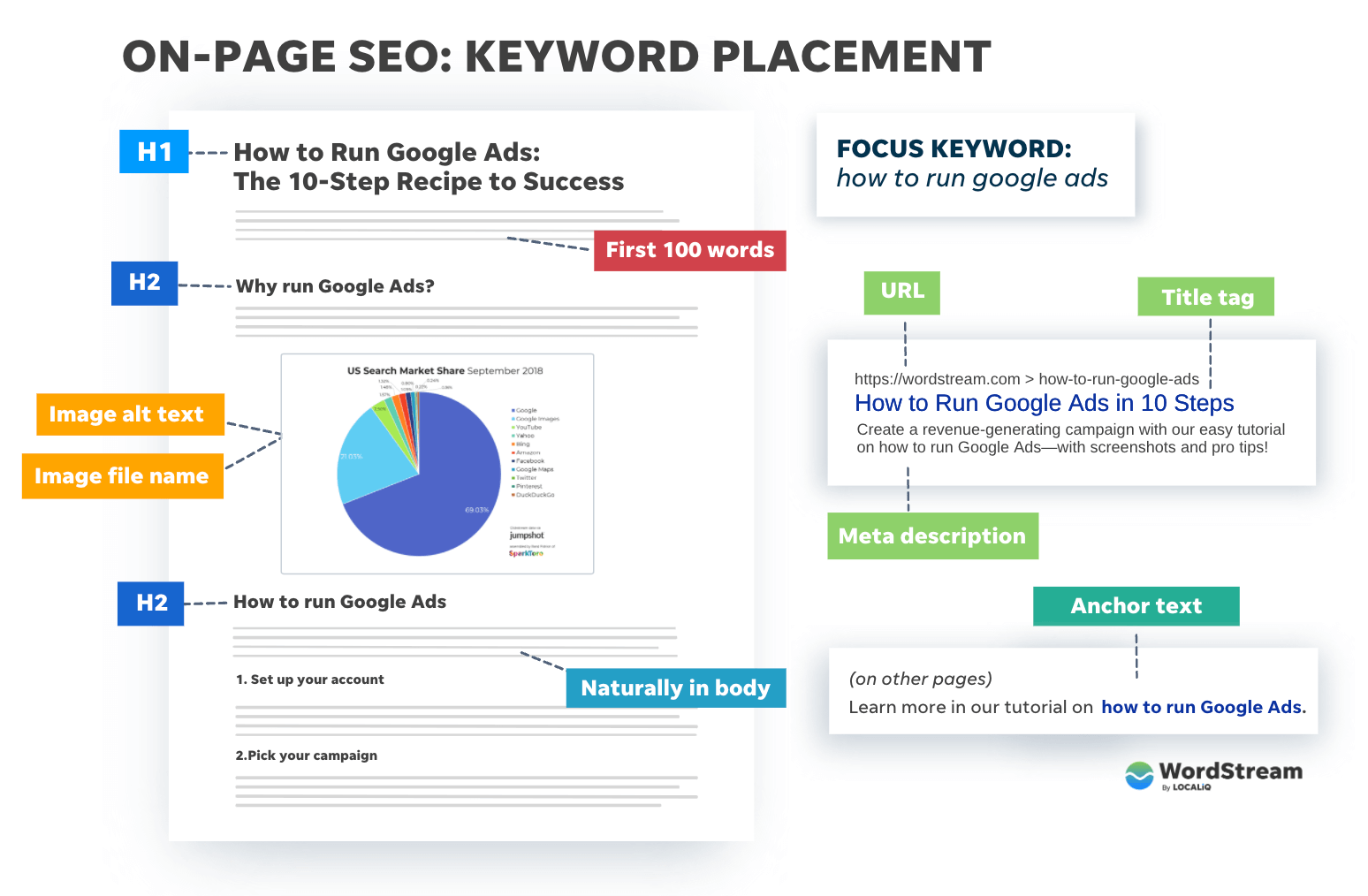Unlocking Secondary Dimensions in Google Analytics: Definition and Practical Use Instances Checked Out
Unlocking Secondary Dimensions in Google Analytics: Definition and Practical Use Instances Checked Out
Blog Article
Leveraging Secondary Measurement in Google Analytics to Strengthen Understanding of User Habits and Engagement
In the world of digital analytics, the capability to glean purposeful insights from information is critical for educated decision-making - what is a secondary dimension in google analytics. Making Use Of Google Analytics' second dimensions supplies a nuanced technique to understanding individual actions and involvement beyond surface-level metrics. By studying customer interactions with added contextual data, a more comprehensive view of on-line tasks emerges, shedding light on patterns and trends that could otherwise go unnoticed. This deeper dive into customer actions not just fine-tunes advertising techniques yet additionally holds the essential to optimizing web site efficiency and enhancing overall customer experience.
Understanding Customer Actions With Additional Dimensions
Exactly how can additional dimensions in Google Analytics give valuable insights into customer behavior patterns? Second measurements in Google Analytics offer a much deeper level of evaluation by offering added context to primary information factors. By layering secondary measurements onto key dimensions such as web traffic sources or landing pages, online marketers can reveal beneficial insights right into user actions patterns. By assessing bounce prices in combination with second measurements like gadget category or location, organizations can identify specific segments of users that might be experiencing concerns with internet site usability or material relevance. This much deeper level of understanding enables even more targeted optimization efforts to improve individual experience and involvement.
Furthermore, second dimensions can aid marketers determine relationships between different data factors, bring about the exploration of concealed patterns or fads in user habits (what is a secondary dimension in google analytics). By segmenting information utilizing secondary measurements such as demographics or actions, companies can tailor their marketing methods to much better meet the demands and preferences of details user teams. On the whole, leveraging secondary measurements in Google Analytics improves the depth of evaluation and allows extra enlightened decision-making based upon a thorough understanding of user habits
Analyzing Engagement Metrics Effectively
Structure on the understandings gained from making use of additional measurements in Google Analytics to recognize user actions patterns, effectively examining involvement metrics is crucial for enhancing advertising methods and boosting individual experience. Engagement metrics provide useful details on how users communicate with an internet site or app, suggesting the level of passion and involvement they have with the web content. Recognizing which web pages or functions bring in and maintain individuals, as well as determining prospective factors of friction in the user trip, makes it possible for companies to customize their approaches for improved interaction and conversion.

Uncovering Insights for Advertising Strategies
By delving into Google Analytics data via additional dimensions, marketers can draw out useful information that can substantially affect their marketing methods. By analyzing which channels are bringing in the most engaged users or producing the highest possible conversion prices, online marketers can allot their sources more successfully to make the most of ROI.
Furthermore, revealing insights on user behavior patterns, such as one of the most preferred landing web pages or the typical customer circulation via the site, can offer valuable guidance for maximizing website web content and individual experience. Comprehending just how individuals interact with the site can assist online marketers tailor their messaging and calls-to-action better, ultimately resulting in improved engagement and conversion prices. Fundamentally, leveraging additional dimensions in Google Analytics can use a riches of workable insights that can drive more successful and educated marketing techniques.
Optimizing Site Performance With Data
Enhancing web site performance through data-driven optimization strategies is a crucial element of preserving an affordable online presence and meeting user expectations. By leveraging data from tools like Google Analytics, web site owners can recognize areas of enhancement to boost customer experience and drive much better these details outcomes. One crucial facet of enhancing internet site performance is evaluating page tons times. Slow-loading web pages can cause high bounce prices and adverse individual experiences. Data understandings can pinpoint the specific aspects causing hold-ups, enabling targeted optimizations to accelerate tons times.
Additionally, information can reveal which content resonates most with individuals, educating web content method choices to improve interaction. Comprehending customer habits patterns, such as navigating paths and communications, can assist the optimization of web site design and conversion funnels. Data-driven A/B screening can aid figure out one of the most effective layout and content variations to optimize conversions.
Enhancing User Communications and Outcomes

Through the evaluation of additional dimensions such as demographics, habits flow, or web traffic sources, internet site owners can obtain an extensive understanding of their target market. what is a secondary dimension in google analytics. This understanding permits for the application of personalized approaches to provide to various individual sections, bring about raised engagement and conversion prices

Verdict
In conclusion, leveraging secondary measurements in Google Analytics supplies a much deeper understanding of individual habits and involvement. By assessing information efficiently, uncovering insights, enhancing web site efficiency, and enhancing user communications, companies can make enlightened choices to improve their marketing techniques and total results. Using this device permits a detailed view of user tasks, causing extra targeted and effective electronic advertising projects.
Building on the insights you could try here obtained from utilizing secondary dimensions in Google Analytics to understand user actions patterns, efficiently assessing involvement metrics is important for optimizing marketing approaches and boosting user experience.Furthermore, discovering insights on customer behavior patterns, such as the most preferred touchdown web pages or the normal user circulation through the web site, can offer beneficial guidance for maximizing web site content and user experience. By concentrating on improving user interactions, site owners can dramatically improve engagement, conversion rates, and general individual fulfillment. These dimensions offer deeper understandings into individual habits, choices, and activities on the website, allowing a more targeted strategy to maximizing user experience.
By maximizing these touchpoints, website owners can enhance the customer experience, resulting in improved outcomes and higher levels of individual complete satisfaction.
Report this page